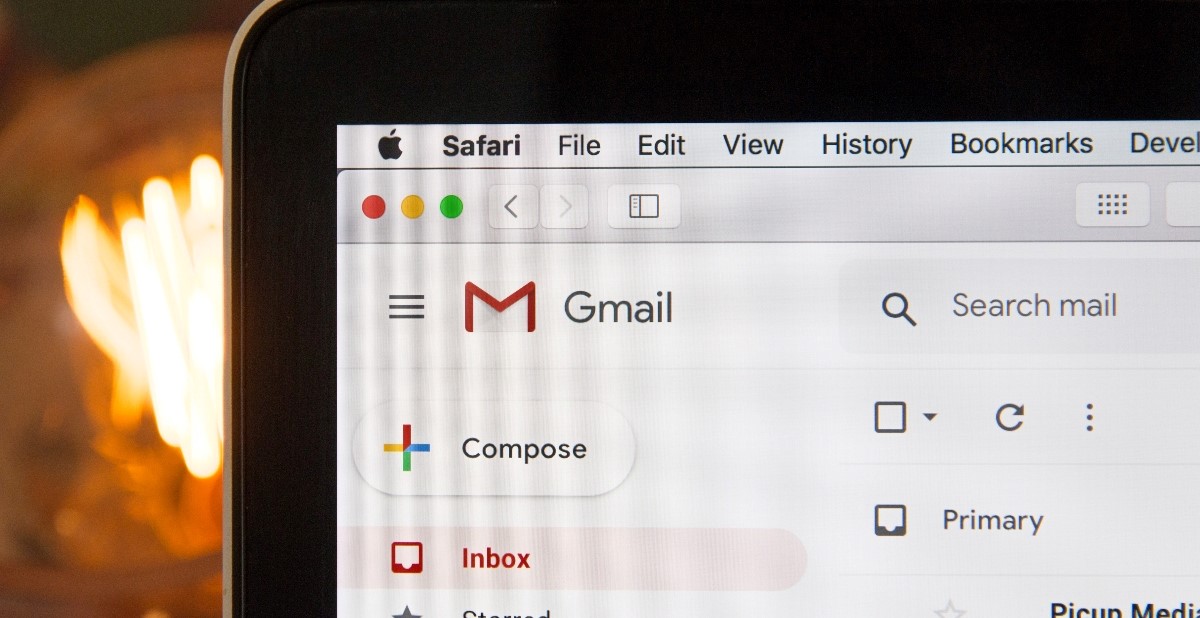Four Email Mistakes That Make You Look Unprofessional

You may not think much about dashing off a quick email to a client or colleague, but your message matters. If you write a simple, clear note, the recipients are more likely to understand what you’re communicating and take action, whether you want them to accept a meeting request or send a document you’re waiting on. On the other hand, if you send a note that’s too long or riddled with typos, it can send the wrong signal to the other person. You may come across as careless, clueless or simply unprofessional.
Karin Hurt, an experienced speaker, writer and executive, has narrowed down some of the biggest mistakes that can derail email communication. Keep reading this issue of Promotional Consultant Today, where we outline Hurt’s reminders on email mistakes to watch for along with best practices to make your messages better.
Mistake 1: Using a mysterious subject line. Hurt says this is one of the biggest frustrations she hears from nearly every team she works with. People don’t like guessing what an email is about. They want to know immediately whether they should bother reading the email or delete it on the spot. The subject line is how you pull people in. She suggests creating a subject line protocol that ensures you tell your reader exactly what contents they’ll find in your communication.
Mistake 2: Overdoing it. Another common email mistake is sending emails rapid-fire. Hurt recalls a time early in her career when she was preparing a senior leader for an impromptu meeting regarding a quickly evolving situation. Hurt thought it would be best to send the leader all relevant information one email at a time. Needless to say, the executive did not appreciate getting a barrage of emails. So, she asked Hurt to send her one communication with concise bullets summing up all the other emails. How can you apply this lesson in your life? Remember that when it comes to email, less is more, Hurt says. Summarize, synthesize and use bullets.
Mistake 3: Emailing when a call is better. In some situations, a phone call is a much more efficient way to communicate. It can save a substantial amount of back and forth and misunderstanding. Hurt says that email can feel easy and less disruptive than a phone call, but it can waste time and drain energy. Her top piece of advice? Pick up the phone or schedule a call if the topic is complex or emotional.
Mistake 4: Getting sloppy. You don’t need to aim for beautifully written prose, but your emails should at least be clean and grammatically correct. For example, if you use “there” instead of “their” or “to” when you meant “too,” you just might turn off potential buyers. Hurt says it’s a always a good idea to slow down and read what you have written. Being busy is no excuse for sending poorly written communications.
Watch for the common blunders above, and you can come across as polished and professional in your emails. By crafting better emails, you also set the tone for your team. Your approach can inspire your colleagues to write more succinctly and effectively, which in turn, can benefit your entire organization.
Source: Karin Hurt is the chief executive officer for Let’s Grow Leaders. She’s an experienced executive, speaker, writer and a former Fortune 15 executive.
Compiled by Audrey Sellers

